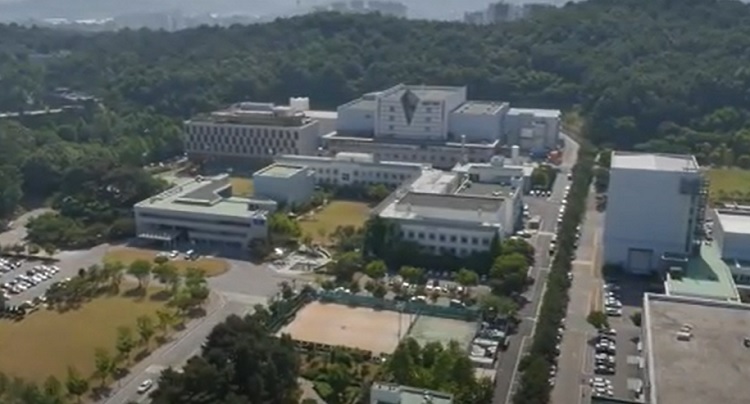Korea Superconducting Tokamak Advanced Research (KSTAR) device recently set a world record by maintaining its plasma with an ion temperature at over 100 million degrees Celsius (180 million degrees Fahrenheit) for 20 seconds.
According to a report by Engadget, no previous fusion machine lasted for more than 10 seconds in those conditions. Back in 2019, KSTAR had managed to hold out for just eight seconds. The report adds that it is an important step towards improving the Internal Transport Barrier (ITB) that helps with plasma confinement and stability.
The main goal for KSTAR is to run for five minutes at a stretch at extreme temperature by 2025 and the breakthrough is an important step in that direction. It could prove to be vital if fusion reactors became a reality.
KSTAR is one of the most advanced superconducting tokamak-style nuclear fusion research device for the development of fusion energy. Image credit: KSTAR project
This new step was a joint effort between the KSTAR Research Center at the Korea Institute of Fusion Energy (KFE), the Seoul National University (SNU) and Columbia University of the United States.
What is KSTAR?
As per a report in Extreme Tech, KSTAR is one of the most advanced superconducting tokamak-style nuclear fusion research device for the development of fusion energy. A tokamak is an experimental machine designed to harness the energy of fusion. Inside a tokamak, the energy produced through the fusion of atoms is absorbed as heat in the walls of the vessel. The KSTAR is also known as the Korean artificial sun.
This reactor uses powerful magnetic fields to shape super-heated plasma into a ring shape. It is a magnetic fusion device at the National Fusion Research Institute in Daejeon, South Korea.
The team has stated that an improved ITB performance was the key to the most recent improvement since ITB reduces movement of ions inside the plasma leading to improved confinement and stability of the plasma.
As per the report, the longer plasma remains active in the reactor, the more likely atoms will undergo fusion and produce usable amounts of energy. However, at present, current fusion reactors like KSTAR consume more power than they produce.


